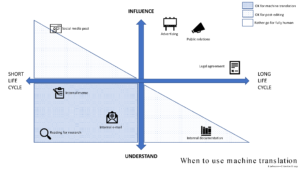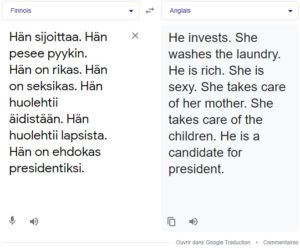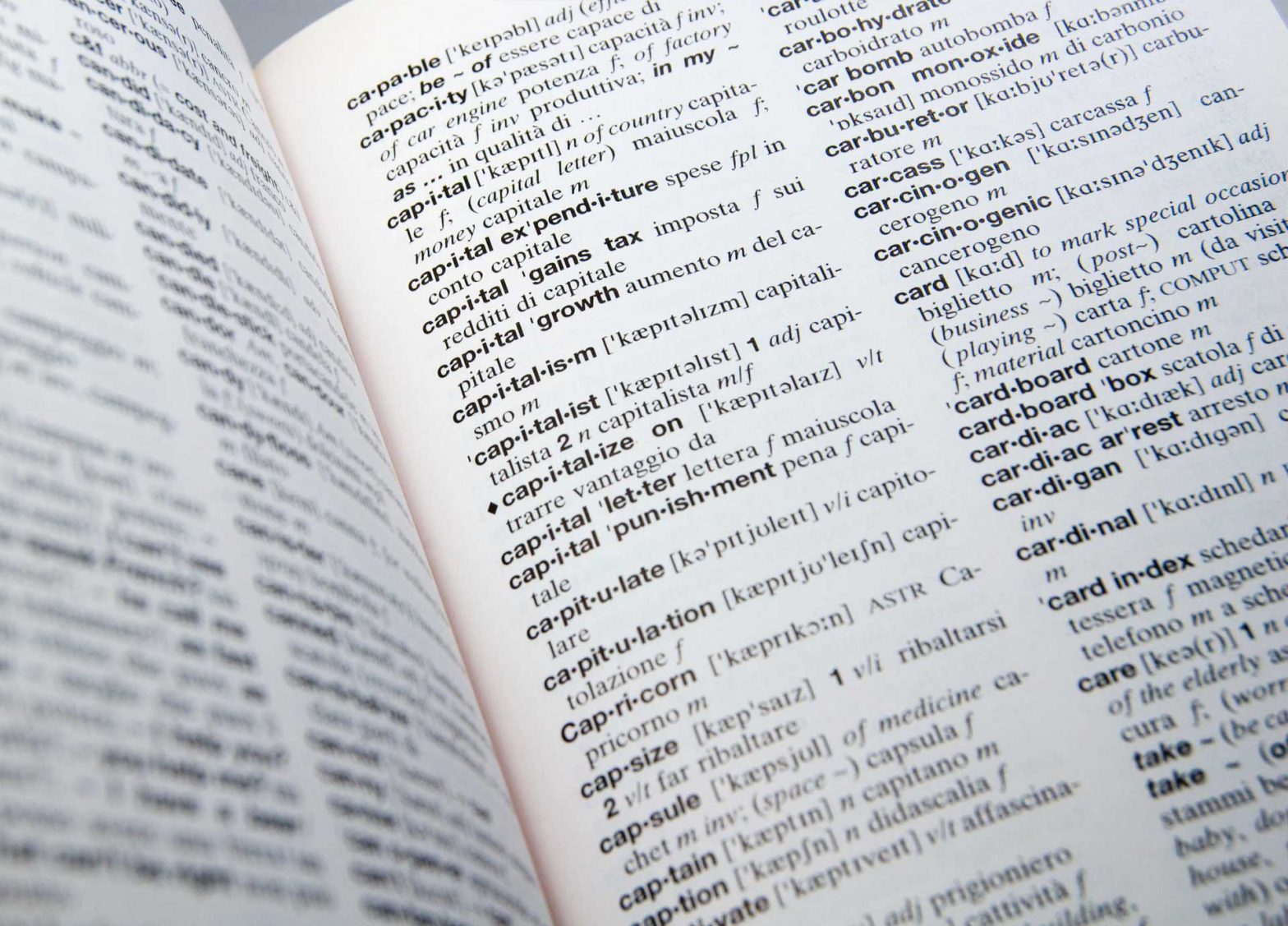When Do I Use Machine Translation?
Though machine translation has not yet succeeded in making human translators 100% obsolete, the technology has made — is still making — huge progress in the quality it delivers.
Using machine translation the right way at the right time may help you avoid a lot of embarrassment, as Amazon learned the hard way a couple of years ago when expanding to Sweden. Is machine translation the answer for the specific need you have in mind ? This article will help you find the answer.
What is machine translation ?
Machine translation is an automatic translation performed by a computer with no human intervention. I’m not going to annoy you by trying to explain how AI and neural network systems work, exploring their differences with statistical machine translation engines, or diving into how the technology got there. A history lesson won’t help your decision-making. Just be aware: We went from results being a joke twenty years ago to very impressive results in some scenarios nowadays.

Let’s take a minute to make sure we don’t confuse machine translation (MT) with computer-assisted translation (CAT). CAT tools, using translation memory, help humans work faster and be more consistent in their translation work, as we explained in a previous article. But, and this is important to note, the actual translation job is still performed by a human.
Also noteworthy: you can combine the advantages of the two time-saving tools. When EnVeritas Group is asked for automated translations, for example, we use an API to connect two of the best solutions on the translation market into one powerful tool for our team of native translators.
What are the advantages of machine translation?
- Instant translation. You copy the text or upload the file in the source language, you click, you paste the result or download the file in the target language, and that’s it. It is fast, no matter how large the amount of content is.
- Faster-means-cheaper situation. Whether a human editing is performed afterwards (a process known as post-edited machine translation) or not, it’s still a rough translation to start with that can increase the translator’s productivity.
- Most messages get through. The quality of translation varies widely and depends on the combination of languages and the type of content. If your goal is simply lifting the language barrier and understanding what the message is about AND you’re dealing with a combination of the most common, simple languages, machine translation gets the job done.
What are the dangers of machine translation?
- Making a fool of yourself. If you use machine translation on public-facing materials or high-stake communication without having the translated material cleared by a native speaker, you may end up damaging your brand image. Errors in translation can lead to very embarrassing, and possibly harmful, incidents.
- Losing more money than you saved. Expanding to a foreign market involves more costs than just translating your sales material and communications. If you rely solely on machine translations of those materials, you risk compromising quality because the machines ignore cultural contexts and the need for adaptation. Even worse, you risk making the targeted audience feel like they’re just a secondary option to brand. As a result, they might not engage with your business.
- Killing creativity with the “numb effect.” Post-edited texts are rarely as good as native speakers’ work. This is because the human brain is less tempted to think outside the box if a suggestion is already provided. Professional translators CAN be trained to re-imagine basic machine translated content more creatively. However, they can also go the other way: Applying simple fixes and delivering a relatively poor translation that still complies with a shallow post-editing job requirement.

- Inheriting AI biases. Like any AI fed by human input, old habits die hard. For example, when translating a language with gender-free pronouns, like Finnish, into a gender-focused language, like English or French, the machine translation engines need to make pronoun choices based on the context, former validation and learnings. The resulting output can appear quite sexist, especially to native speakers:
Choosing between machine and human translation
Content life cycle
What is the perfect use case for machine translated content? Perhaps it’s a message that becomes almost useless if you have to factor in the turnaround time of professional human translation. An example of this would be a short internal memo for an international corporation containing brief instructions that need to be immediately followed: “Stop hitting the green button before hitting the red button.” Machine translated versions of this simple message could be distributed quickly and effectively in advance of a more complete set of procedures that would be distributed at a later time.
Content type and sensitivity
Is it a technical or a legal text? Is it a marketing blog post or a literary text? If the goal of your translation is just to understand or use the information, then machine translation should be a good fit. If the goal is to connect with an audience or influence a behavior, or if creativity and style are crucial, then go for an actual team of human translators.
What is at stake in your translation project? Automated translation can work wonders on some legal texts. Do you need a contract to be translated? MT might be OK. Are you working on one of your biggest deals and trying to land a new client in a new industry? Then have the accuracy of the translated agreement fully checked by a professional. 
Here is a graph to help you spot where your translation project goes:
Language combination
Not all language combinations are handled well by machine translation engines. The output quality of machine translation varies from one language combination to another, from one machine translation engine to another, and from the type of translation. One of the major actors in this field, DeepL, provides examples of the accuracy discrepancies:

For this provider, language combinations involving English+German or English+Spanish seem to score quite high.
Ready to use machine translation or need some assistance getting it right?
Remember, the business of translation is not all white and black, and you can actually get several levels of support. Post-edited machine translation lets you benefit from the automatic translation technology, while having the major errors fixed by human editors.
If localized content is important to your organization, MT can be a step that speeds up your workflow and turnaround time. While a machine still generates the content, you also have a native speaker ready to review and localize it before sending it on for editing and proofing. The quality level of translated content is yours to set.
Our teams are a few clicks away to advise you, so feel free to contact us.
If you take the leap and use automatic translation for your current needs, please leave us a comment to let us know how it went. We always like to share experiences.
Emilie Lefeuvre
Projects Director, EnVeritas Group




